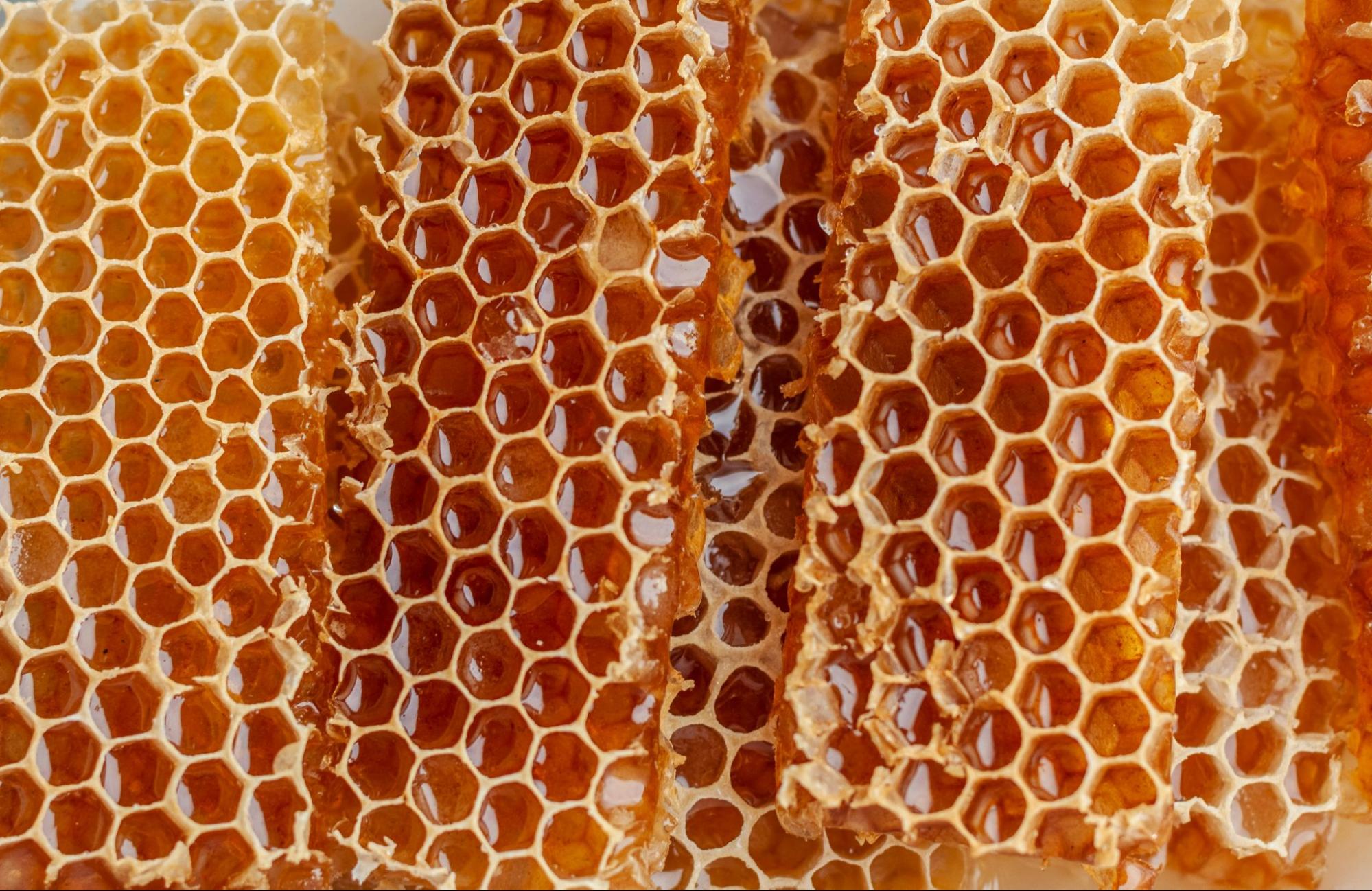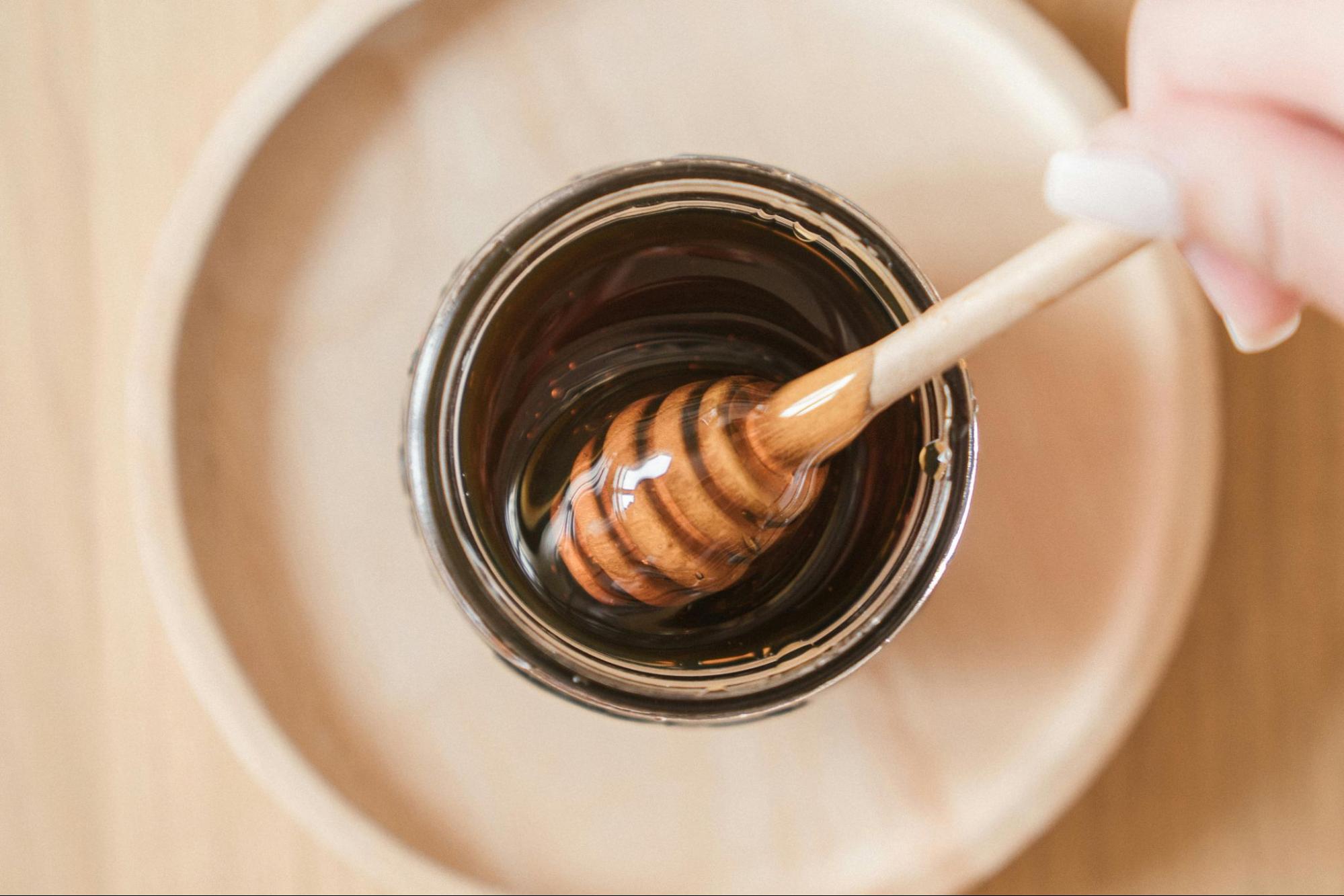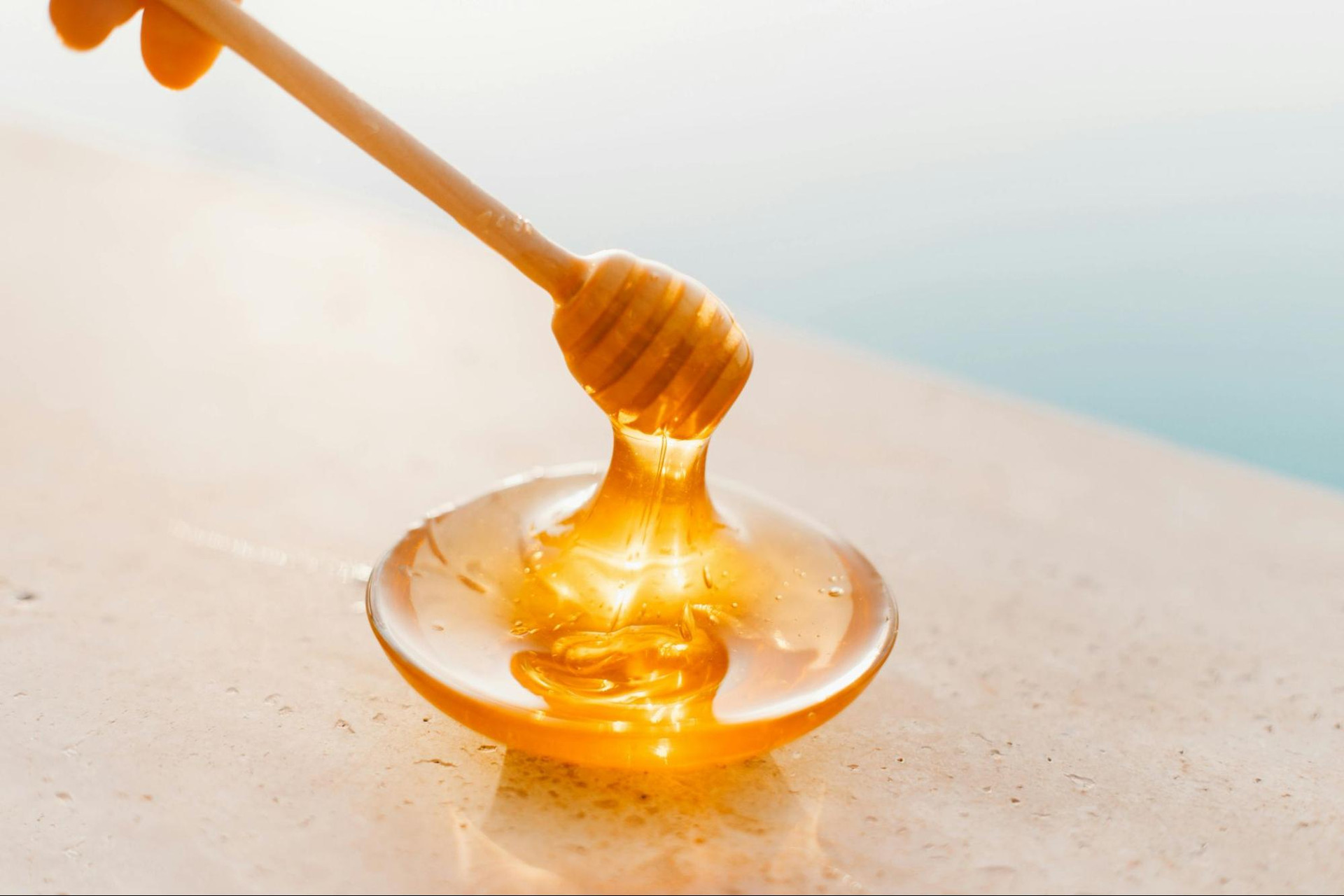How To Extract Honey - For Newbees
When it comes to beekeeping, many new beekeepers have questions, specifically about honey. One question we hear most is, “When will I get honey, and what do I need to extract it from the hive?”
Usually, you won’t get honey in your first year of beekeeping, as the bees need all their honey stores to survive their first winter. After your first full year, it’s likely safe to harvest your honey in late summer or early fall.
Essential Tools for Honey Extraction
To facilitate the extraction process, we’ve compiled a list of the essential tools you need to extract honey.
Soft Bee Brush
Our soft bee brush with long yellow bristles is great for gently brushing bees off the hive and frames during inspection and harvesting.
Uncapping Tools
The bees will cap each cell of honey with wax, and you’ll need to remove those cappings to get the honey out. For uncapping your frames, use a bottling pail with the gate in conjunction with a comb capper.
The capper fits any standard five-gallon bucket. Its underside features a recessed arch that provides stability. This allows you to turn a five-gallon bucket into an uncapping tub. Uncapping each side of your frame is easily done with our cold knife in addition to the economy uncapping scratcher.
The cold knife is 10” long with a wooden handle and deep separator blade. This blade can be placed in hot water to heat up, making uncapping easier. However, it’s still sharp enough that heating is not required. The blade's flexibility makes uncapping a breeze.
Stainless Steel Extractor
A two-frame stainless steel extractor is the perfect extractor for beginners! This hand-cranked extractor is made from quality 18/10 stainless steel. This tangential extractor can be used with two deep, two medium, or four shallow frames. It also includes the honey gate, cover, and legs.
Bottling Pail
You’ll also want to be sure you have a bottling pail with a gate and filters below your extractor. This bottling kit comes with a five-gallon bucket with a lid and gate, along with one fine filter and one coarse filter. These filters help strain out any bits of pollen and leftover wax cappings.
| Measuring Tips: One medium super can hold 40 to 45 pounds of honey. One bottling pail can hold approximately 65 pounds of honey. |
Preparation for Honey Harvest

Preparing for a honey harvest is an exciting time for beekeepers. Whether you're managing just a few hives or a larger apiary, understanding how to extract honey effectively and efficiently is crucial.
Here are the steps and considerations to ensure your preparation for the honey harvest is thorough.
Assessing Honey Frames
Before you begin extracting honey, inspect your honey frames to ensure they are fully capped. This indicates that the moisture content of the honey is appropriate for harvesting. Honey bees cap the honey when it's ready, so this is a clear sign your stored honey is ripe for extraction.
Handling honey frames carefully is key to avoid damaging them or the bees. You'll want to extract honey from these frames using a honey extractor, but first, they need to be removed from the hive gently.
Choosing the Right Time to Harvest Honey
Timing is everything when harvesting honey. You'll want to ensure that there isn't too much honey in the hive that bees start to feel cramped, but also that you leave enough stored honey for the bees to survive the winter.
The best time to harvest honey is usually late summer or early fall, depending on your local climate and the flow of nectar.
Gathering Your Tools for Extracting Honey
For extracting honey, you'll need a few key tools: a honey extractor, a hot knife for uncapping, and containers for your own honey. The hot knife is used to gently remove the wax caps from the honey frames, making it easier to extract honey using the honey extractor.
Ensure your honey extractor is clean and in good working order before you begin. Extracting honey can be sticky work, so having everything prepared and within reach can make the process smoother.
Preparing the Extraction Area
Choose a clean, spacious area for extracting honey. Honey extraction can get messy, so having a space that is easy to clean and well-ventilated will make the process more enjoyable.
Ensure all your tools, including the honey extractor, hot knife, and containers for the harvested honey, are ready and accessible.
| Beekeeper’s Tip: Set the mood! Gentle music can soothe bees during extraction. Create a calm atmosphere to ensure a smooth process. |
Extracting Honey
When it's time to extract honey, work methodically. Use the hot knife to uncap the honey frames, revealing the stored honey. Then, place the frames in the honey extractor.
Extracting honey requires careful handling to ensure you get as much honey as possible while preserving the integrity of the frames.
Spin the honey extractor according to the manufacturer's instructions. This process separates the honey from the frames, allowing it to flow out through the spigot and into your containers.

Storing Extracted Honey
Ensuring the longevity and flavor of your freshly extracted honey is paramount. Both hobby beekeepers and small-scale beekeepers alike can benefit from adopting best practices in honey storage. This guide outlines essential steps for effectively preserving your liquid honey.
Filtering Honey
Once you've completed the honey extraction process, the next step is to filter the honey to remove any wax cappings and other impurities. The crush and strain method is an effective way to do this, especially for hobby beekeepers with fewer honey supers to process.
This method involves crushing the wax capping and straining the honey through a fine mesh to ensure that only liquid honey remains. It's a straightforward technique that helps preserve the natural qualities of local honey.
Choosing the Right Containers
For storing your liquid honey, honey bottles made of glass or food-grade plastic are ideal. Glass is often preferred for long-term storage as it doesn't impart any flavors to the honey and allows the beautiful, natural color of your honey to shine through.
Ensure that the honey bottles are clean and dry before you pour honey into them to prevent fermentation or spoilage.
Ensuring Honey Remains Liquid
To keep your honey in liquid form and prevent crystallization, store the honey bottles in a cool, dry place away from direct sunlight. If your honey does crystallize over time, gently warming the bottle in a water bath can return it to its liquid state without damaging the honey's natural enzymes and flavor.
Managing Wet Frames
After the honey flows from the honey supers and the honey is drained, you'll be left with wet frames. These frames still have a thin layer of honey and can attract pests if not managed properly.
Hobby beekeepers can place these wet frames back into the hive for the bees to clean up, which also gives the bees a small boost in resources. This practice is not only efficient but also sustainable, as it reduces waste and reuses resources within the hive.
| Hive Hack: Convert honey-laden frames into beeswax products like candles or balms. This sustainable practice extends hive resources while offering creative outlets for your beekeeping efforts. |
Maximizing Honey Flow
To maximize honey flow in subsequent seasons, store your honey supers and frames properly after the bees have cleaned them. This involves ensuring they are dry and stored in a place where pests cannot access them. Proper storage of honey supers and frames will ensure they are in good condition for the next honey flow, helping you maintain a productive hive.
Labeling and Selling Local Honey
If you plan to sell your honey, labeling your honey bottles with information about the honey type, harvest date, and contact information can add a professional touch and promote your local honey. Customers appreciate knowing where their food comes from, and local honey is often sought after for its fresh, unique flavors and potential allergy-relief benefits.
Which Honey Extraction Method Is Right for You?
Selecting the right honey extraction method is crucial for beekeepers. The table below can help beekeepers choose between three common extraction methods based on cost, ease, and efficiency.
| Feature | Crush & Strain | Centrifugal | Flow Hive |
| Cost | Low | Medium to high | High |
| Ease | Moderate | Easy | Very easy |
| Quality | High | High | High |
| Suitability | Hobbyists | All levels | Hobbyists |
| Time | Slow | Fast | Instant |
| Frame Reuse | No | Yes | Yes |
| Sustainability | High | Medium | Medium |
Taking Your Beekeeping Journey Forward
Beekeeping and honey extraction are both a science and an art that intertwines nature's rhythms with human ingenuity. Each step taken is a testament to the dedication and passion of beekeepers.
As we conclude this guide, remember that the essence of beekeeping lies not just in the techniques employed but in the relationship fostered with the bees and the environment.
Ready to bottle? Mann Lake is here to help you get everything that you need to extract! We also have an assortment of labels and honey containers to choose from so you can personalize your honey!

